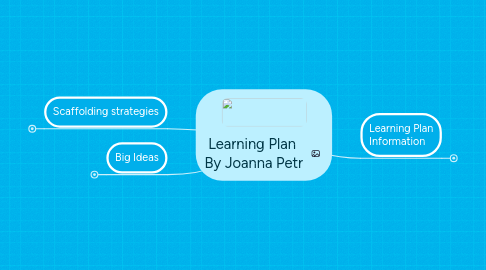
1. Scaffolding strategies
1.1. Strategy 1 Cooperative Learning & Organizers: Student’s will discover different types of weather around the world on the same day using “I do, We do, You do”.
1.1.1. I DO: Tell students that today the weather is different here than in a different part of the world even though it is the same day (connecting to the text). Brainstorm (define) with students all of the different types of weather that can be going on at the same time around the world. Draw a large circle on the board and explain to the students you are going to write all the types of weather that can be going on around the world (rain, windy, sunny, cold….). Model an example by pointing out a page in the book, pausing and writing down ideas in the graphic organizer.
1.1.2. WE DO: “Let’s practice” Let’s practice before we get with our partners Next tell the students to partner with each other and take turns reading and writing down ideas for their graphic organizers.
1.1.3. YOU DO: Last, students will come back and work independently to develop their own graphic organizer of possible weather around the world, based on the activity modeled by the teacher and the partner work.
1.2. Strategy 2 (Nonlinguistic Representation):
1.2.1. Pre-Teach. Introduce vocabulary from text prior to shared reading lesson; show students the word and picture describing the word. Have students practice saying these out loud together in class and making up sentences. Remind students these words will be in the book and they need to pay special attention to these words.
1.3. Strategy 3 (Assigning Homework and Providing Practice)
1.3.1. After shared reading students will read independently and write an analysis of what connections they made in the story to vocabulary and different types of weather in the story.
2. Big Ideas
2.1. Comprehension of Key Details (who, what…) in the story while reading closely for textual evidence.
2.2. Determine Central Ideas & summarize key details to support details and ideas (Cause & Effect)
2.3. Analyze structure of text such as how part of the text relates to each other (paragraphs, index)
3. Learning Plan Information
3.1. Standard for which you are developing your unit:
3.1.1. RL.2.1 Standard— Ask and answer such questions as who, what, where, when, why, and how to demonstrate understanding of key details in a text.
3.2. Subject and grade level for which your unit is being developed:
3.2.1. Literacy-Shared/Independent/Guided 2nd Grade
3.3. Related objectives that you identified in Unit 2:
3.3.1. Objectives
3.3.1.1. SWBAT identify different types of weather
3.3.1.2. SWBAT use decoding use various strategies reading independently to find text evidence of story elements.
3.3.1.3. SWBAT understand different vocabulary from text with visuals
